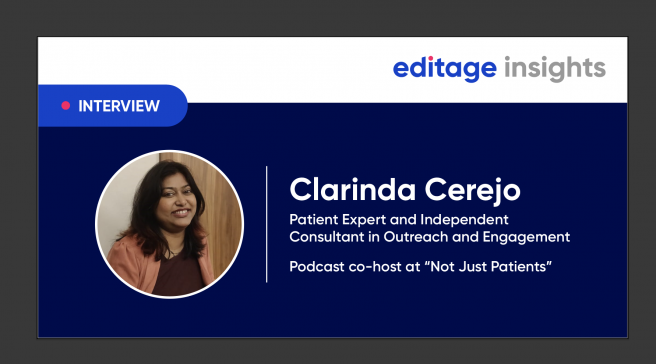Confirmation bias: A sneaky attack on objectivity in science

Research is supposed to be inherently objective. However, biases lurk in all of our minds, including those of researchers. One such form of bias is confirmation bias: a type of cognitive bias that leads people (including scientists) to seek out and interpret evidence that accords with the beliefs they held previously.
In this article, we’ll explore what confirmation bias can look like in research as well as steps scientists can take to prevent and mitigate it.
Confirmation bias: We know what we know
Confirmation bias occurs when occurs when researchers unconsciously favor information that confirms their existing beliefs or hypotheses, while disregarding or downplaying evidence that contradicts them. This could happen while reviewing the literature, running data analyses, or writing the research manuscript.
Confirmation bias if unchecked can lead to flawed conclusions, skewed interpretations, and ultimately, poor-quality research and wastage of scientific resources.
Darley and Gross (1983) proposed a two-stage model describing how confirmation bias works. First, someone makes a guess or has an idea. Then, they look at the facts, but they do it in a way that makes their idea seem right. This makes them believe even more in their original idea. It’s like they’re using the facts to prove themselves right. But if the facts aren’t good enough, the bias doesn’t happen. Essentially, Darley and Gross believe that people with confirmation bias use bottom-up evidence to confirm or validate their top-down beliefs.
Examples of confirmation bias in research
Dr L is studying a new exercise-based intervention to reduce chronic lower back pain. Dr L already believes that overweight and obese people need to exercise more. So, when some participants report adverse effects from the intervention such as muscle soreness, Dr L assumes that these are due to the participants’ being overweight or obese and does not investigate further.
In another study, Dr J is conducting a literature review of the effects of recreational drug use on cognitive performance. Dr J is already distrustful of recreational drugs. Therefore, when he comes across studies showing that recreational drug use improves cognitive performance, Dr J tends to scrutinize these studies very closely for flaws (eg, no reporting of statistical power or no controlling for confounders).
How does confirmation bias show up?
Confirmation bias can show up in a study in three different ways:
-
Biased search for information: This happens when a researcher only looks for information that supports what they already believe. They might ignore or overlook facts that go against their beliefs. This might occur during a literature review or while identifying themes from qualitative data.
-
Biased interpretation of information: Here, a researcher obtains findings that could support different ideas, but they interpret the findings in a way that fits what they already believe. For example, if they are anti-birth control, they may emphasize the “statistically significant” relationship they found between oral contraceptive use and cancer, even though the correlation coefficient is very weak. A researcher who is pro-birth control might emphasize the same result as inconclusive and requiring further research.
-
Biased recall of information: This happens when someone remembers things in a way that confirms their beliefs, even if it’s not accurate. They might recall past events or experiences in a way that aligns with what they already think is true. This kind of bias can show up in studies relying on participants’ memories.
How can we reduce or avoid confirmation bias?
Wilson et al. (1996) described four things that need to happen to fix bias. First, a person has to know that there’s bias in whatever task they are performing. Second, they have to want to fix it. Third, they need to understand how big the bias is and which way it’s going, so they can fix it the right way. Fourth, they have to be able to control their own thoughts enough to fix the bias. But even if someone knows about bias and wants to fix it, it might not go away completely, according to their model.
In a research environment, addressing confirmation bias would involve the following:
-
Awareness: Recognizing the existence of confirmation bias is the first step in combating it. Researchers must acknowledge their susceptibility to this bias and remain vigilant throughout the research process.
-
Diverse perspectives: Creating a diverse research team can help mitigate confirmation bias. Different viewpoints promote critical evaluation of evidence.
-
Blinding: Blinding techniques can prevent researchers from being influenced by their expectations. By removing identifiers from the data or by coding the data before analysis, researchers can minimize the impact of preconceived notions on their interpretation of results.
-
Protocols: When the study protocol has been established (and published) previously, researchers are less likely to ignore or downplay certain results.
Wrapping up
Confirmation bias makes it difficult for a researcher to remain objective during the research process. However, by understanding its mechanisms and implementing strategies to mitigate its effects, researchers can do much to prevent confirmation bias and enhance the robustness and reliability of their findings.






